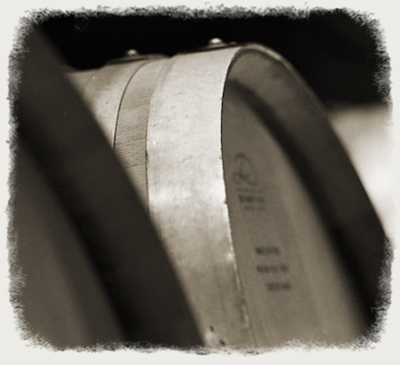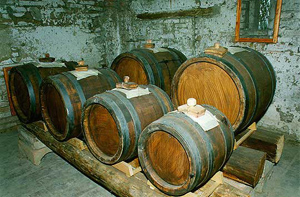 The earliest method for making vinegar was to leave wine, or beer, in an open container and wait for it to turn sour. The French word “vinaigre” means sour wine; the word ale-gar was used at one time to denote vinegar made from beer or ale.
The earliest method for making vinegar was to leave wine, or beer, in an open container and wait for it to turn sour. The French word “vinaigre” means sour wine; the word ale-gar was used at one time to denote vinegar made from beer or ale.
A group of French vintners developed a method to produce vinegar in 1394. This method was subsequently known as the Orleans method. In this method, wine is left in wooden casks to ferment for several months. The transformation of wine to vinegar is a chemical process in which ethyl alcohol undergoes partial oxidation that results in the formation of acetaldehyde. In the third stage, the acetaldehyde is converted into acetic acid.
The chemical reaction is as follows: CH3CH2OH=2HCH3CHO=CH3COOH. The vinegar was then filtered into other casks and left to mature for a period of months or even years.  The Orleans method produces vinegar that is complex and rich in flavour, but requires a long time to do so.
The Orleans method produces vinegar that is complex and rich in flavour, but requires a long time to do so.